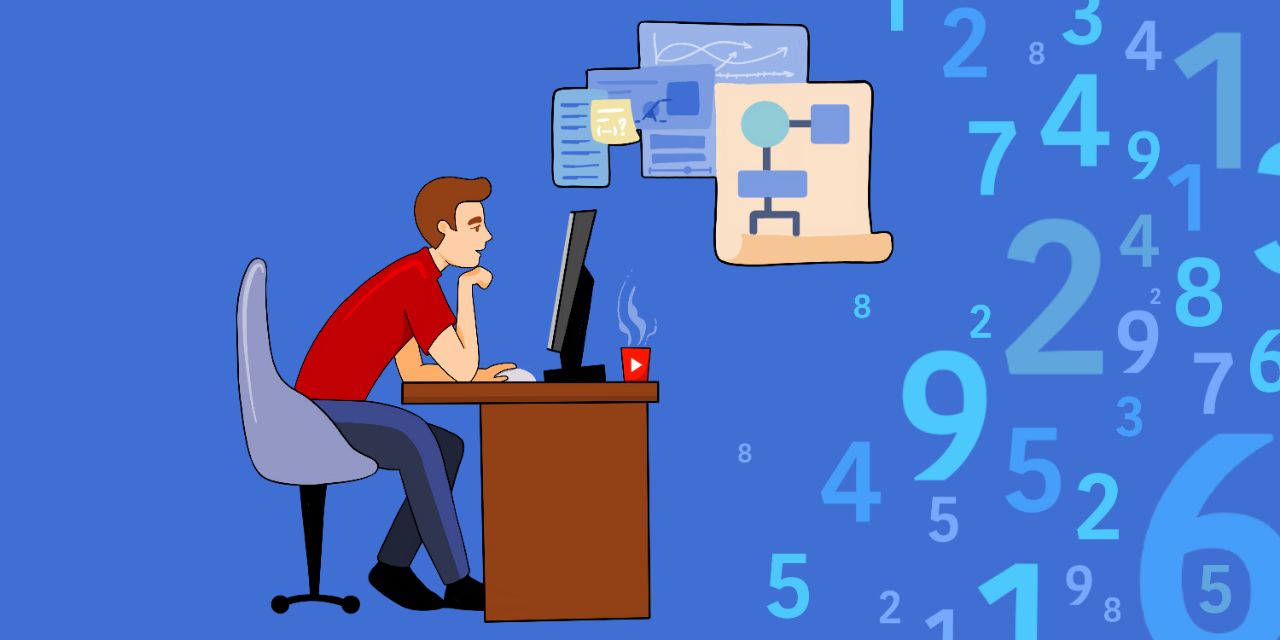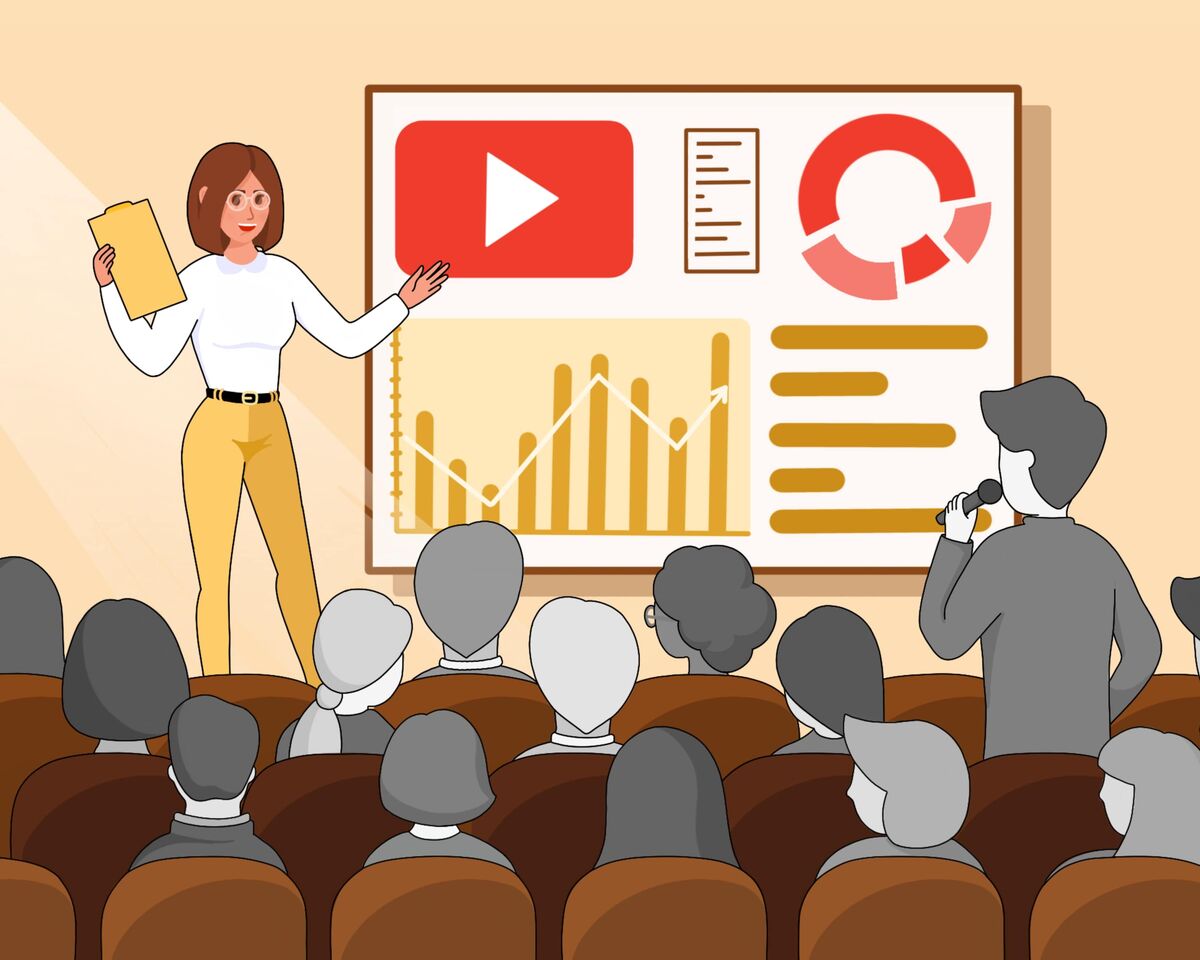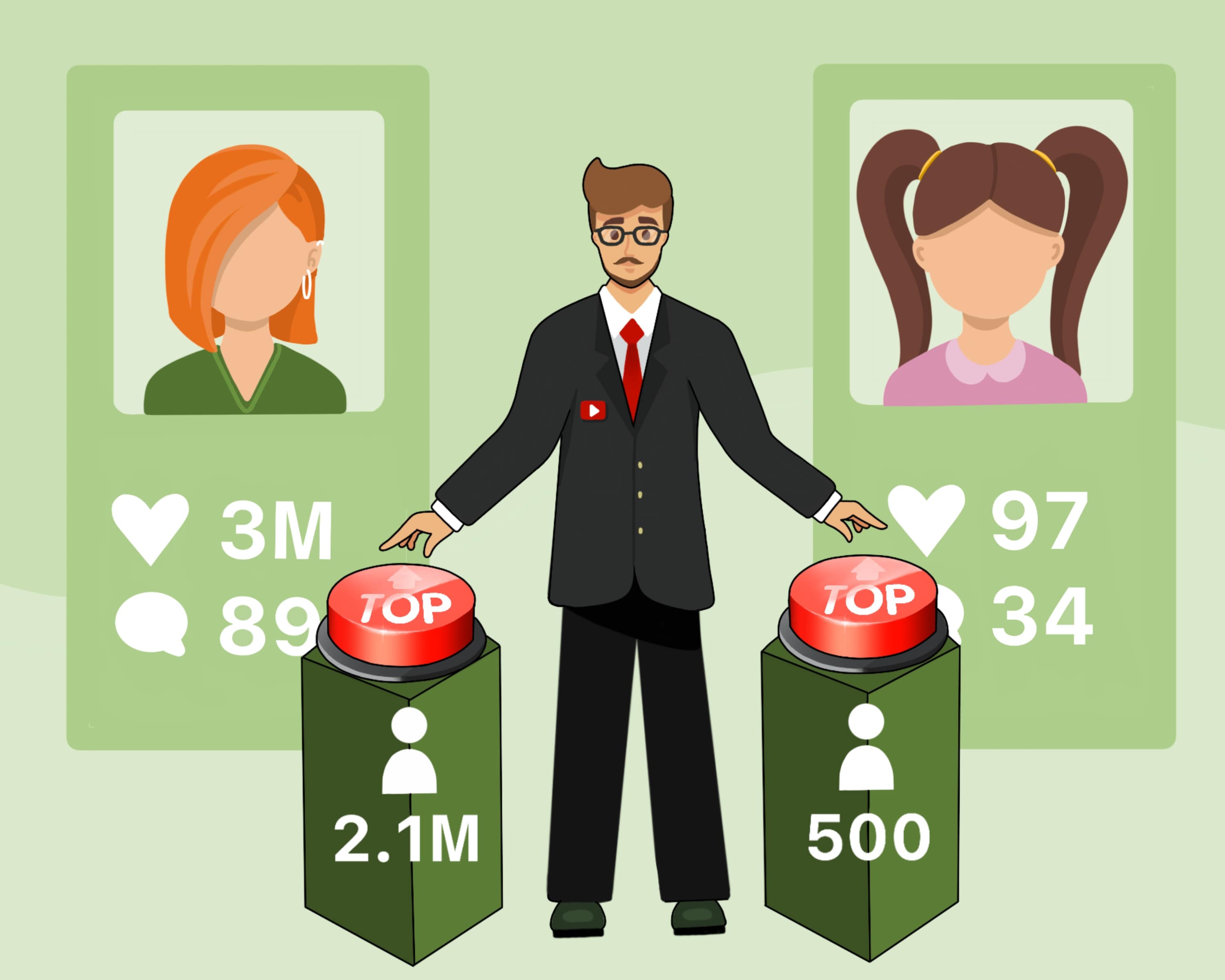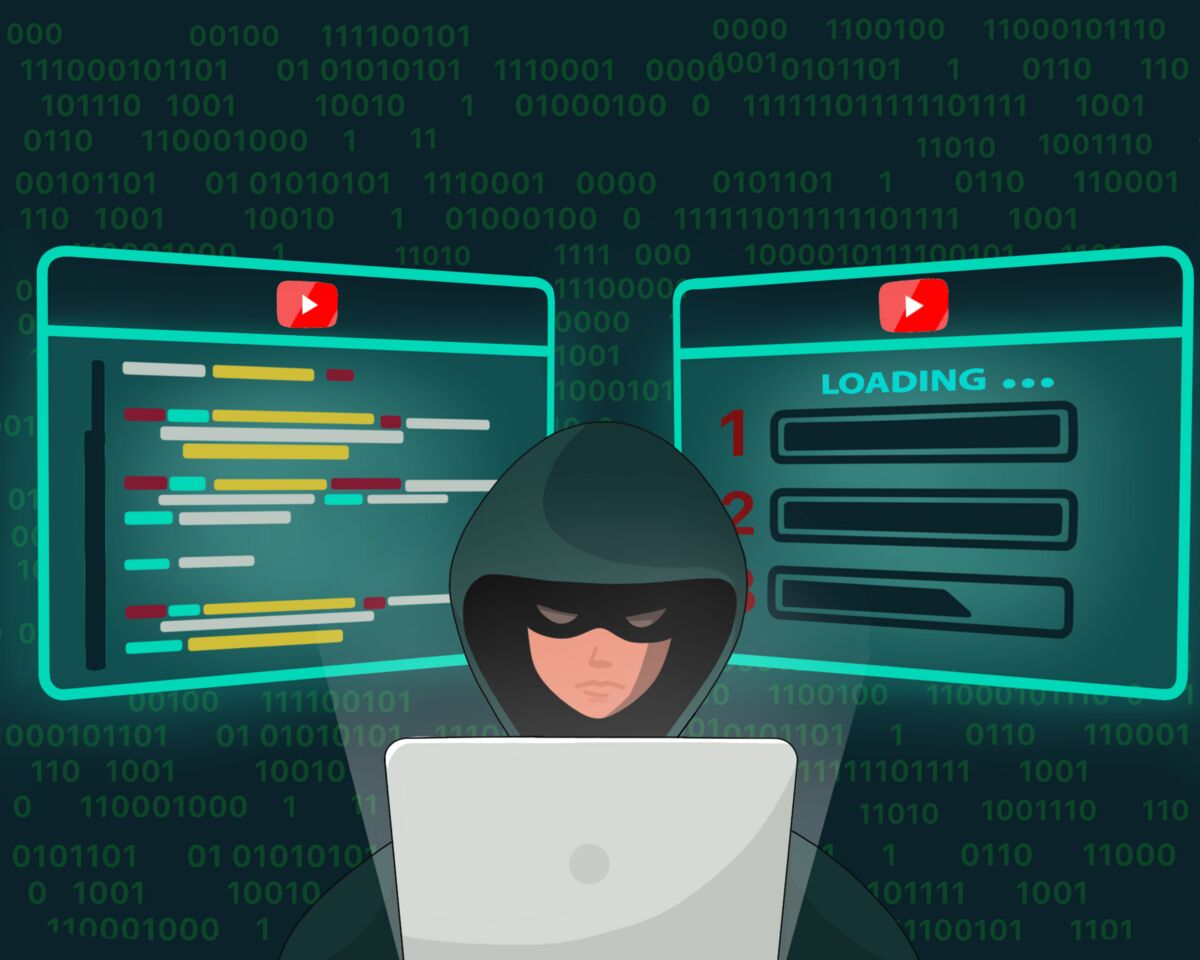How to Become a Recommended Video on YouTube

Do you want to know the greatest secret on YouTube? The platform's algorithms we all want to understand and conquer, are none other than a recommendation system. To truly understand the magic of these algorithms, we need to delve into what platform recommendations are and how they function.
YouTube's recommendation system is powered by artificial intelligence. It is designed to provide viewers with the best and most intriguing content. If viewers were bombarded with unstructured content while watching YouTube, they would quickly lose interest in using the platform.
In the above scenario, your videos might never reach them at all. This is precisely why recommendations are necessary and significant: they save viewers' time by eliminating the need to search for relevant content, offering them the information they desire—entertainment, education, utility, and more.
Recommendations may not always align perfectly with the audience's interests, but YouTube continually aims to improve this match. And if we, as creators, are recommended, it means we're reaching our target audience.
Meanwhile, YouTube does half the work for us: it seeks out the audience, categorizes their interests, and then selects what content to show them. We don't have to go around with a flashlight or distribute pamphlets—YouTube literally takes our videos and sends them to those who are interested.
Now, let's move on to the next crucial question.
Why should content creators be recommended?
Short answer: because it's the most effective way to promote your video on YouTube. For proof of this, look no further than YouTube’s own sources.
First, an analytical article based on a statement by the current head of YouTube, Neil Mohan. It says that 70% of the videos viewers watch are what YouTube's recommendation system offers.
Yes, some viewers find the videos themselves through the search, or follow the recommendations of friends or advertising, but still, the vast majority trust and rely on YouTube algorithms.
Secondly, information from an article on the official YouTube blog tells us the following:
"Recommendations account for a significant portion of total views on YouTube, even more so than channel subscriptions or search results.”
In other words, it's not as crucial how many subscribers you have or how many views come from search results, compared to how effectively you are recommended by YouTube.
Having your video featured in recommendations is the most efficient method of promotion. Being recommended is both free and a legit way of gaining interest from a new audience. No one can promote you faster than the recommendation system, but the main challenge is getting recommended in the first place.
How are YouTube video recommendations chosen?
To understand how to harness the platform's algorithms to your advantage, you first need to understand how it operates.
There are several sources of traffic for recommended videos: YouTube's homepage and the “up next” video. Depending on the specific recommendations in question, the metrics that the platform relies on to curate video selections will vary.
Overall, a lot will depend on the signals of effectiveness that the platform derives from your videos. The more positive signals, the greater the chances of entering YouTube's algorithms.
Types of Performance Signals
Providing a precise answer regarding the signals the platform considers in crafting recommendations is impossible, as YouTube itself states that there are over 80 billion types of signals.
This is precisely why deriving one unified content promotion formula is unrealistic. This is also why creators often accuse YouTube of algorithmic opaqueness or bias. This is primarily because people simply do not understand how the platform functions.
But how can one describe 80 billion distinct signals that the recommendation system considers in various combinations?
Despite the near-impossibility of describing algorithmic operations comprehensively, YouTube does detail several effectiveness signals in its own articles. However, remember that these signals work in conjunction. In other words, individually, they won't aid in promoting your video.
- "Clicks" effectiveness signal
The “click” criteria, referred to as CTR in analytics, is the click-through rate. Clicking on a video is a compelling indication that viewers enjoy the content. After all, the audience wouldn't click on something they don't want to watch.
However, as the platform matured, a click became less of a signal that someone would enjoy the current video. This is precisely why, at some point, clickbait thumbnails and titles popped up everywhere on YouTube. So, when YouTube realized this wasn't effective, it tightened its selection of videos, and the click criterion ceased to be the sole important factor.
- "View Time” effectiveness signal
The time viewers spend on a video, on average, provides the algorithmic system with personalized signals about what the viewer most likely wants to watch. This is influenced not only by the average view time or retention rate but also by which parts of the video are most watched, where people skip, where they close the video, and where they subscribe.
This is what is meant by the phrase 'effectiveness signals work in conjunction.' View time alone doesn't have much of an impact; it's only effective when combined with other signals.
YouTube also emphasizes that they strive to ensure viewers don't regret watching a video after they've already seen it. This is precisely why view time doesn't operate in isolation from other factors.
- "Survey Responses" effectiveness Signal
The survey response is an extremely nuanced yet crucial metric for YouTube. To ensure viewer satisfaction with the content being watched, the platform measures what's known as 'valuable watch time'—the time spent watching a video that the viewer deems valuable.
To gauge this, YouTube prompts viewers with surveys to rate content on a scale of one to five stars. Subjectively, this might not be the most effective method to ascertain audience preferences. However, this point is present in YouTube's official articles, and the platform considers it an important detail.
Surveys are not presented to all viewers, and they don't appear after every viewing. This implies that the platform incorporates this effectiveness measure when other video data is contentious.
Based on viewer responses in these surveys, YouTube trains its automated systems to predict viewer reactions in such disputed scenarios in the future.
- Likes, Dislikes, Share Button effectiveness signals
Once again, a crucial metric, as YouTube believes that videos shared or reacted to inherently satisfy viewers' curiosity, indicating that they simply like them.
So far, we've explored a fraction of what the platform hsa termed 'effectiveness signals.' Remember, there are over 80 billion of these signals in various combinations.
YouTube states that there is no set formula for algorithmic operations, and thus, a constantly evolving system manages everything. Therefore, don't be swayed by anyone claiming to possess a foolproof method for getting your content into recommendations. YouTube itself can't provide the clearest recommendations.
In essence, effectiveness signals are the primary drivers of how often your videos will be promoted by the platform's algorithms. These signals are tied solely to viewer reactions.
Returning to the fact that the platform has two types of recommendation systems for longer videos, let's first delve into the section on YouTube's homepage.
In the Recommendations section on the Home page, videos are featured that align with a specific viewer's interests. Often, new videos from favorite creators are presented first. Additionally, relevant videos and even content from creators the viewer isn't subscribed to will be mixed in.
The primary goal of the Home page is to curate a high-quality selection that aligns with the individual viewer's interests. As a result, YouTube will invariably suggest videos from creators the audience hasn't seen yet but might find intriguing.
For viewing videos exclusively from subscribed channels, there's a separate tab labeled 'Subscriptions.'
Videos that make it to the Home page gather the most effectiveness signals—likes, comments, and other indicators of viewer reactions and interests, and the platform also takes into account a viewer's search and viewing history.
How do I get featured on the Home Page?
- Release content regularly, as new videos will be prioritized above others. Keep this in mind.
- Ensure excellent viewer retention, focus not just on time but also on the effectiveness of that retention.
- Learn to understand your audience's interests and cater to them. In other words - create videos that resonate with your target viewer.
Nothing can be promoted through the platform's recommendation system without understanding what the viewer wants. This is because YouTube’s algorithms are created to focus on viewers' interests.
Let's move on to the second type of recommendation — the “up next” video.
YouTube determines which videos to place in the recommendations column to the right of the currently watched video based on the combination of videos that keep viewers engaged on the platform for a longer duration.
Often, the next recommended videos are similar to what the viewer has previously watched, as well as videos aligned with the search history of each specific viewer. As you probably understand by now, no compilation can exist without viewer interests. All YouTube’s algorithms consider the search and viewing history of each individual viewer.
Quick tip: don’t forget to recommend your own videos. To achieve this, mention in your videos that your channel features related videos or use end screens. How else will viewers know you have an entire series of videos on a specific topic?
Create playlists that compile related videos for viewers, include end screens and prompts to encourage viewers to explore all your content after watching one video.
Ultimately, the algorithms will take notice and begin showcasing your videos in recommendations. This will subsequently affect other recommendation systems on your channel.
What Else Influences YouTube Recommendations
Let's return to the question of what else impacts the recommendation algorithm.
Let's consider that you run a smaller channel. You currently lack subscribers and views. How can YouTube source signals from your content to consider recommending you?
The answer is simple: when the platform lacks viewer data about videos, it relies on metadata—information you provide about the video.
Hence, even a minimal amount of SEO optimization is essential for any video on the platform. Make sure your content includes a clear concise title, description, and decent thumbnail.
Now, we have to discuss one critical point. Not all content with excellent effectiveness signals will enter the recommendation systems.
This is because YouTube restricts borderline content, and it directly states this. To prevent theories, fake news, and even harmful information from flooding the platform, YouTube limits the visibility of such content.
A pertinent question arises: how does YouTube determine what content is borderline or misinformative? The answer to this question is quite complex.
YouTube employs a team of specialists and experts from various fields who manually evaluate videos. This process trains the algorithm to be independent, facilitating the eventual automation of the search for borderline content.
Experts from around the world undergo training using comprehensive publicly available assessment guidelines. Specialists with higher education, such as doctors or political scientists, also assist.
The assessment guidelines are publicly accessible; however, the challenge lies in the fact that it's not just a set of rules—it's a nearly 200-page book. Therefore, if you're looking to quickly grasp what borderline content is, it won't be a swift process.
How to Make It into YouTube Recommendations
The most attentive have already found the answer to this question. Just in case, we'll highlight the main point below.
To land in YouTube recommendations, you need to gather as many effectiveness signals from the platform as possible on your videos and align with viewer interests.
If you disregard YouTube's algorithmic and recommendation system operations, do not be surprised when they disregard your content in return.
Let's review a guide that will help your videos catch the attention of the platform's algorithms:
- Video optimization
If you're a beginner channel, YouTube has no source of information about your video other than what you provide. Be sure to include keywords in the video title and the opening lines of the description. Often, YouTube displays quotes from video descriptions in search results based on phrases from users' search query, and sometimes even from the video's transcript.
In other words, pay attention to your SEO optimization.
- Click-through rate
No one will watch your video unless they click on it. So you have to make the thumbnail and title attractive to the audience.
- Retention
In order for the algorithms to identify the video as interesting and place it in recommendations, it is important that viewers watch your video all the way to the end. And, of course, in the process, they must respond to it in order for YouTube to pick up these signals.
- Communication between content
Once viewers find your video through search and watch it, they'll start receiving more of your videos in recommendations on the home page.
Ideally, your content should revolve around a common theme, leading to similar search queries. This way, your videos will be recommended consistently to your target audience, encouraging viewers to watch more of your content.
Remember, the following time-tested advice remain relevant:
- Craft engaging introductions.
- Evoke emotional responses to delight viewers.
- Build compelling narratives in your videos.
- Guide viewers to more content using playlists, end screens, links in descriptions, pinned comments, captivating titles, and attention-grabbing thumbnails.
- YouTube recommends videos that are thematically similar to what the viewer has previously watched or searched for on the platform, as well as content that appeals to viewers with similar interests.
Lastly, don't assume that your videos will automatically make it into the recommendation system. YouTube evaluates a combination of factors, and your search rankings will also impact your chances of being recommended.
This brings us back to the importance of formatting and optimizing your videos. Especially if you're a newcomer and you haven’t built up a loyal audience to promote your content to.
We hope we have provided some clarity on the recommendation. Information is power so apply it appropriately. Good luck on YouTube!




